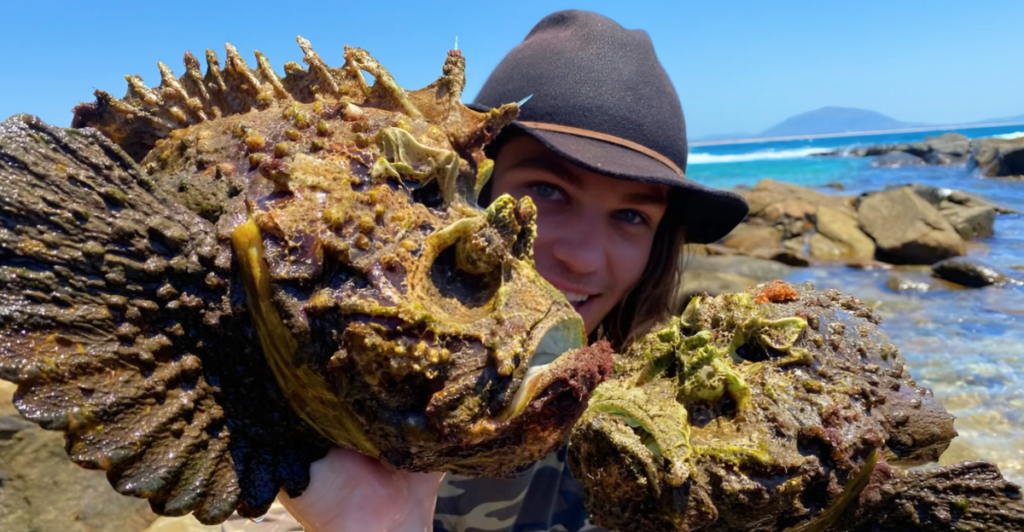
The many lakes, rivers, and coastal areas of America have a wide array of diverse aquatic wildlife. But while many are harmless, there are those that are incredibly poisonous and should always be given the respect they deserve.
Box Jellyfish
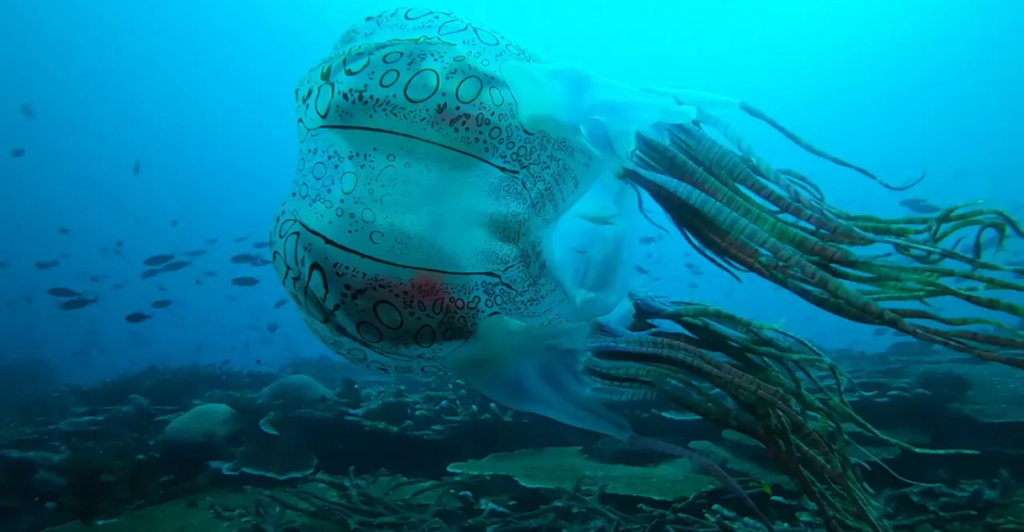
The box jellyfish is one of the most poisonous marine animals in the world. They aren’t native to America but do end up on their coasts commonly enough that they should be avoided. Their sting is enough to kill a dozen adults.
Lionfish
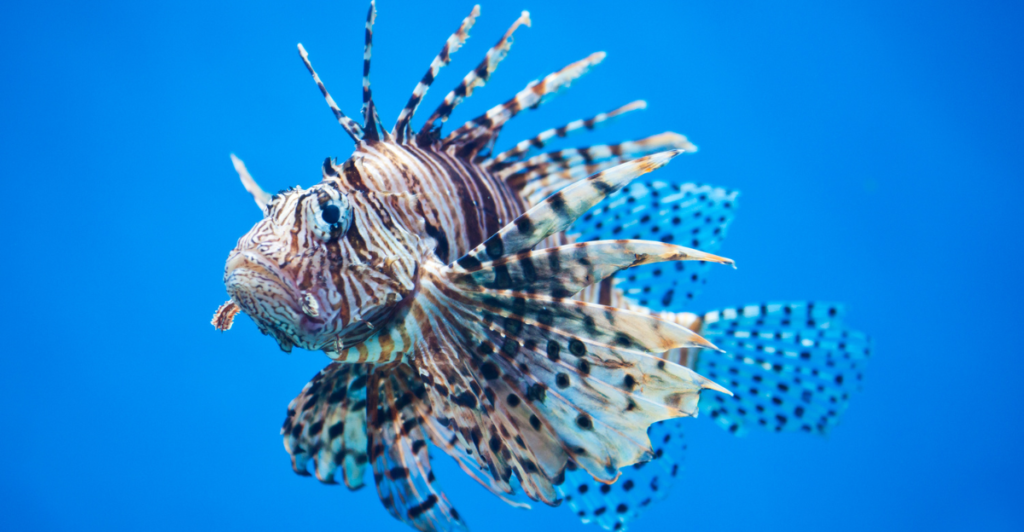
Lionfish have a reputation which they completely live up to. They are oiriginally from the Indo-Pacific region but have invaded into waters in the Southeastern United States. If someone comes into contact with their spines they can suffer from respiratory complications and end in death.
Blue-Ringed Octopus
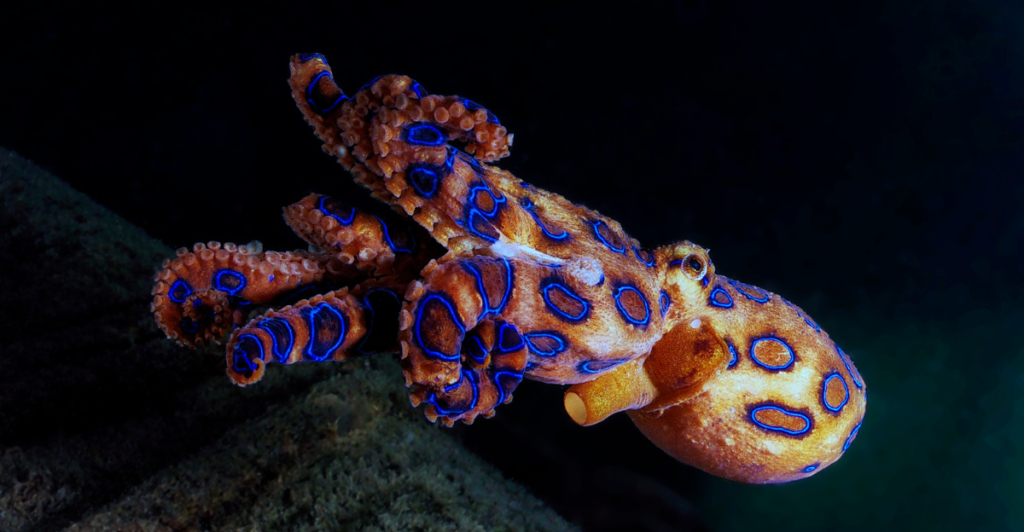
The blue-ringed octopus is unique in that it is one of the few octopus species that are venomous, and deadly at that. They aren’t native to America but can be found in coastal waters near some American beaches. They are a rare encounter but one that could potentially kill.
Stonefish
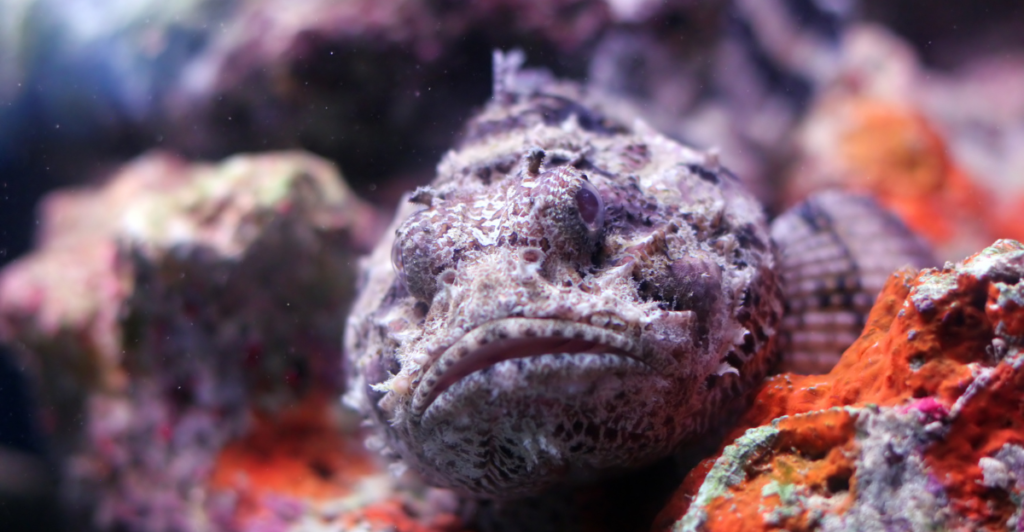
The stonefish is one of the most deadly fish species in the world. They are not common in American waters but can still be rarely encountered in tropical and subtropical regions. They can camouflage well among other rocks and be accidentally stepped on.
Scorpionfish
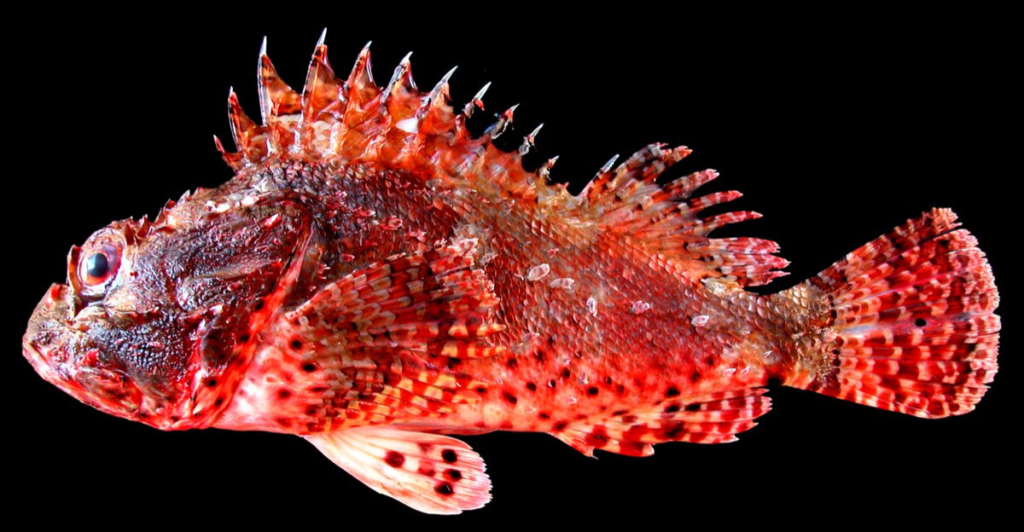
The scorpionfish is native to tropical regions in U.S. waters. They have similar venom to lionfish, which doesn’t always lead to death, but can create complications on individuals already weakened. They do not normally attack unless they are provoked.
Stingrays
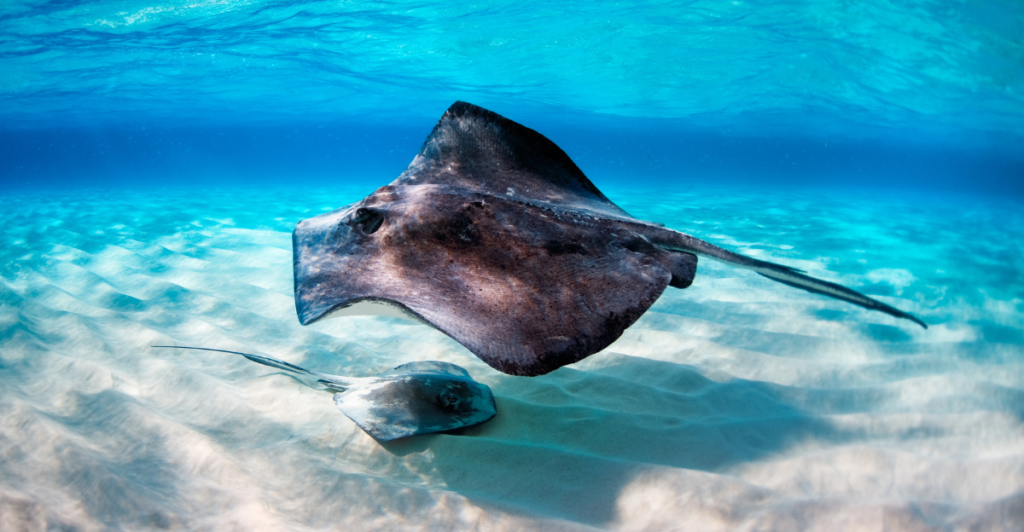
Stingrays are commonly found along U.S. coastlines and deeper into ocean territory. They are not aggressive but can stab at any attacker with their tail. They usually do this when accidentally stepped on in shallow water. They inject a venom that causes severe pain but isn’t normally life-threatening.
Eastern Diamond Rattlesnake

While the Eastern Diamond Rattlesnake prefers savannas and flatwoods, they are good swimmers that inhabit many barrier islands in Florida. This means that they could be encountered in the water. They are one of the most venomous snakes in America and requires immediate medical attention.
Water Moccasin
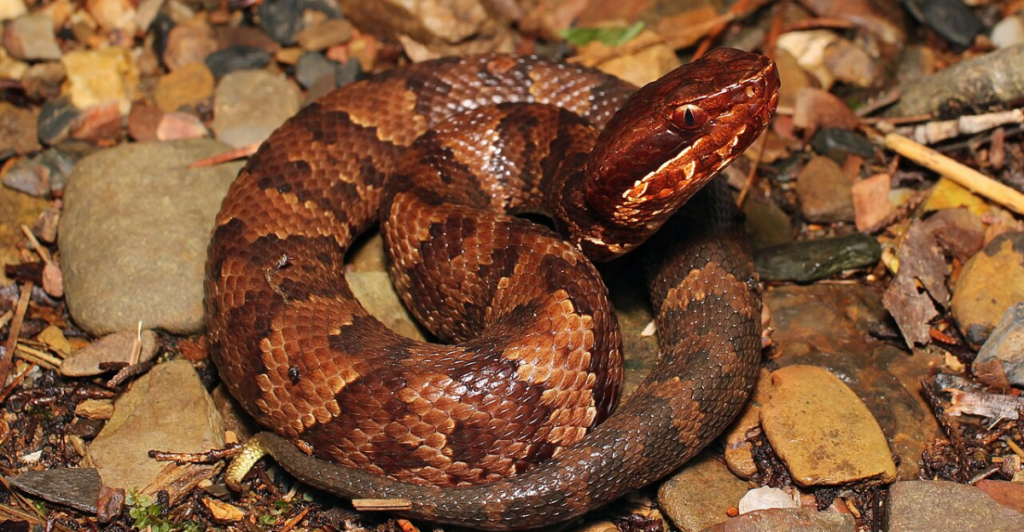
Water moccasin’s are another species of semi-aquatic snake that can often be found swimming in freshwater environments in the Southeastern United States. They will try to dive under the water when disturbed, but if they are provoked, they will bite, releases a life-threatening injection of venom.
Cone Snail
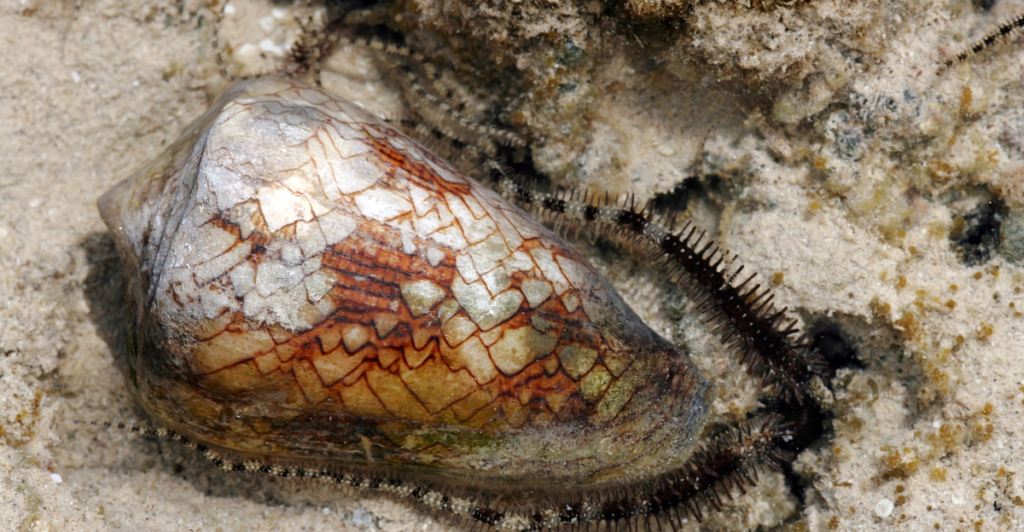
The cone snail is a rare find in the United States. They can be rarely spotted off the coast of southern California. They are small but extremely venomous. Their toxins can cause paralysis and death. Avoid handling any snails or shells in tropical waters as they may be cone snails.
Portuguese Man-of-War
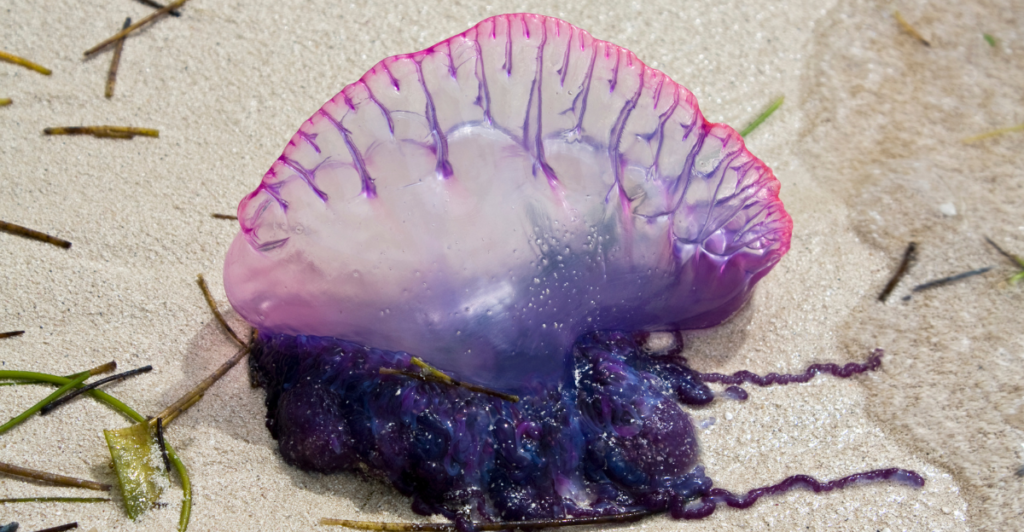
The Portuguese Man-of-War is a jellyfish found tropical coastal waters in the U.S. They are quite common in Florida. Their sting can cause localized swelling and a lot of pain, but it isn’t generally fatal. They are not an aggressive animal, but will sting if provoked.
Weeverfish
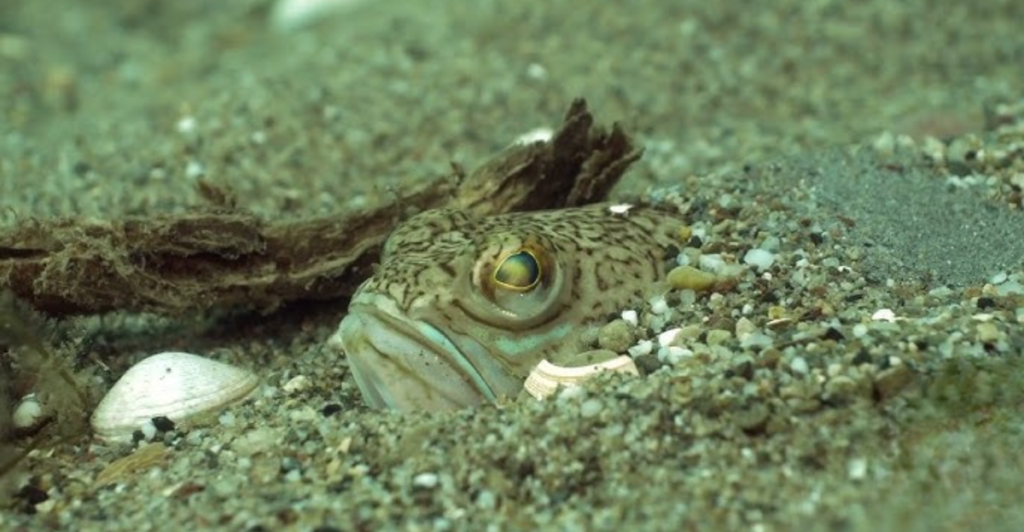
The weeverfish is another rarity sometimes found in the tropical waters of the United States. Their venom will cause severe pain if stepped on in shallow waters. People wading in tropical waters should be extra careful where they step and avoid touching marine life.
Catfish
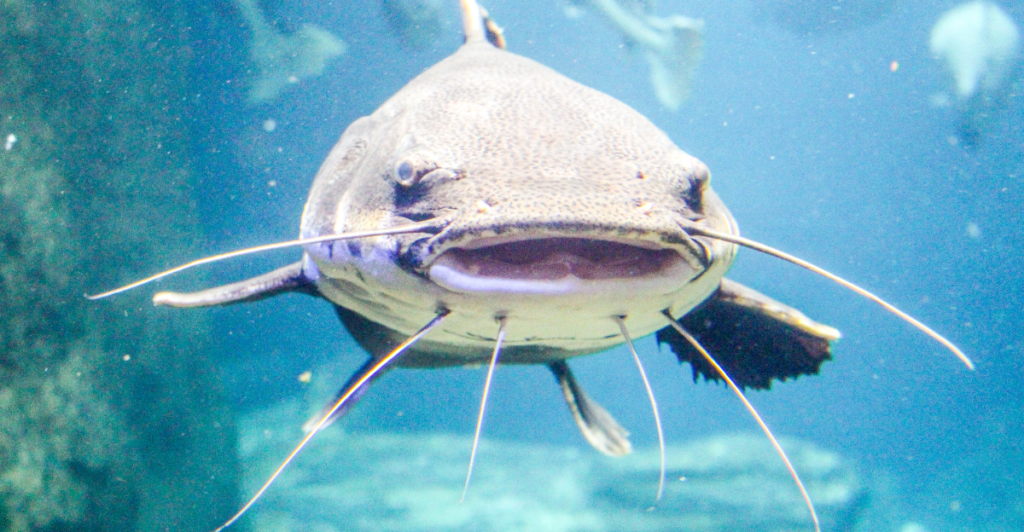
Catfish are found in many freshwater environments across the United States. They are generally not dangerous but can sting with their dorsal and pectoral spines. Their venom isn’t life-threatening but can cause the death of the tissue around the area if untreated.
Explore more of our trending stories and hit Follow to keep them coming to your feed!

Don’t miss out on more stories like this! Hit the Follow button at the top of this article to stay updated with the latest news. Share your thoughts in the comments—we’d love to hear from you!







